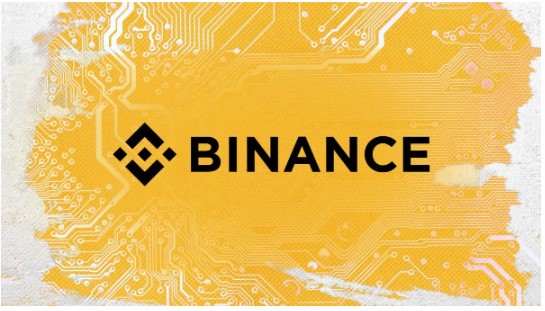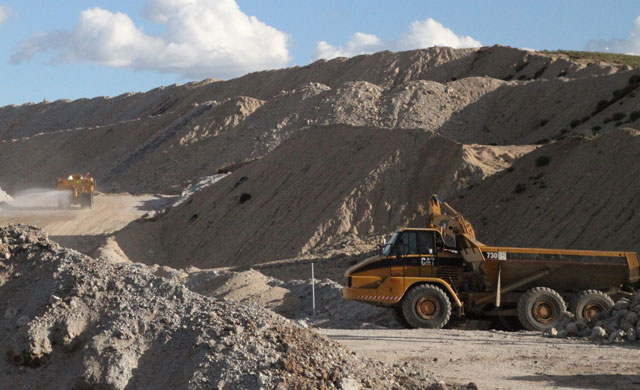Professor Nouriel Roubini, economic consultant and teacher at New York University’s Stern School of Business (formerly IMF, World Bank, President Clinton’s senior economist) is renowned for warning of impending disaster prior to the 2008 financial crisis. He has long been a student of emerging market crashes, and this knowledge helped him spot the looming disaster in the U.S. 12 years ago, “I’ve been studying emerging markets for 20 years, and saw the same signs in the U.S. that I saw in them, which was that we were in a massive credit bubble,”

He has been speaking out in a series of interviews and an article in the last two weeks. Here are some of his ideas.
He quoted some Goldman Sachs and JP Morgan research indicating that US output will fall at an annualised 25% rate in the second quarter, “worse than the Great Depression because the freefall in output occurred not in three years but in three weeks. Everything is in freefall. We are now on the verge of something that could be worse than the Great Financial Crisis. We could get into another Great Depression.”
Despite central banks doing the right thing in supplying money “with half a million cases of COVID-19 we are not going to be able to reopen economic activity. If the contagion is not stopped then we’ll have the conditions for a Depression, not a recession.”
In the Great Depression (GD) and the Global Financial Crisis (GFC) stock markets collapsed by 50% or more, credit markets froze up, massive bankruptcies followed, unemployment rates soared above 10%, and GDP contracted at an annualized rate of 10% or more. “Already US Treasury Secretary Steve Mnuchin has warned that the unemployment rate could skyrocket to above 20% (twice the peak level during the GFC). Every component of aggregate demand – consumption, capital spending, exports – is in unprecedented free fall.”
He dismisses self-serving commentators who have promoted the notion of a V-shaped downturn – with output falling sharply for one quarter and then rapidly recovering the next, “it should now be clear that the COVID-19 crisis is something else entirely. The contraction that is now underway looks to be neither V- nor U- nor L-shaped (a sharp downturn followed by stagnation). Rather, it looks like an I: a vertical line representing financial markets and the real economy plummeting.”
Never before has economic activity just shutdown like it has now, not even in the GD or the GFC. The best he can hope for is a downturn that is shorter-lived than in the GFC but it will still be more severe. “This would allow for a return to positive growth by the fourth quarter of this year. In that case, markets would start to recover when the light at the end of the tunnel appears”. But this depends on several things going right:
- “The US, Europe, and other heavily affected economies would need to roll out widespread COVID-19 testing, tracing, and treatment measures, enforced quarantines, and a full-scale lockdown of the type that China has implemented. And, because it could take 18 months for a vaccine to be developed and produced at scale, antivirals and other therapeutics will need to be deployed on a massive scale.”
- “Monetary policymakers must continue to throw the kitchen sink of unconventional measures at the crisis. That means zero or negative interest rates; enhanced forward guidance; quantitative easing; and credit easing (the purchase of private assets) to backstop banks, non-banks, money market funds, and even large corporations (commercial paper and corporate bond facilities).”
- “Fiscal deficits in advanced economies will need to increase from 2-3% of GDP to around 10% or more.”
But the first condition is nowhere near being fulfilled, and the
………………To read more subscribe to my premium newsletter Deep Value Shares – click here http://newsletters.advfn.com/deepvalueshares/subscribe-1


 Hot Features
Hot Features













